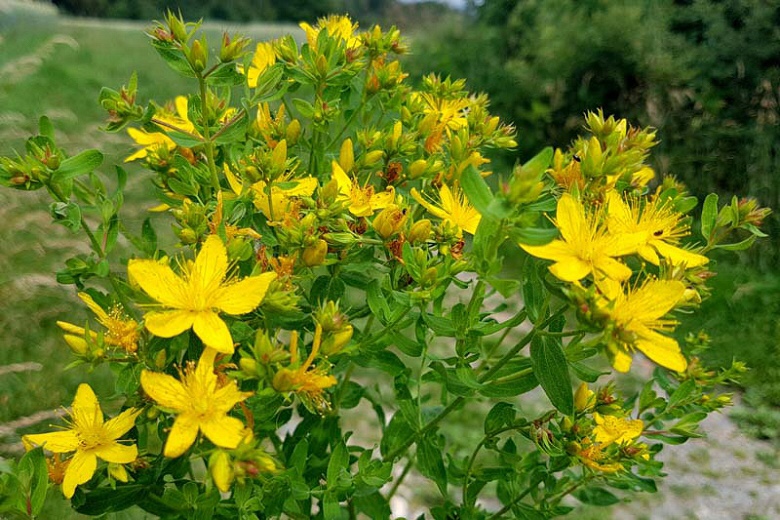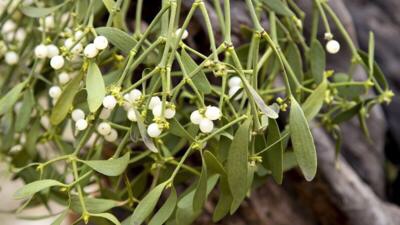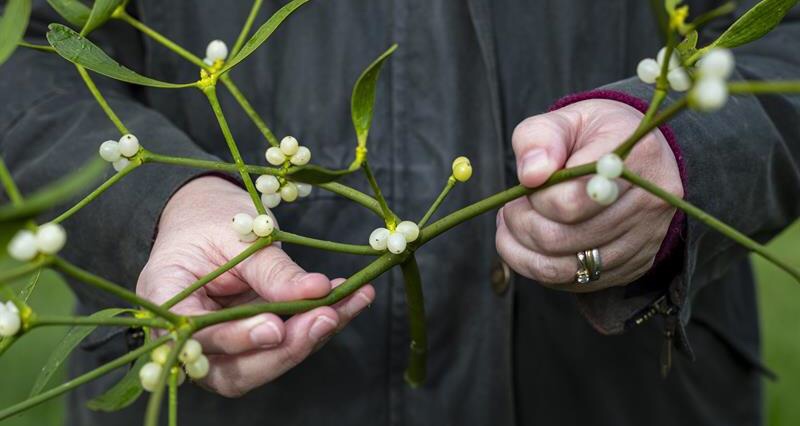
The horn of a unicorn is a great treasure, in part because of its rarity but also, more importantly, for its many wonderful properties. Powdered unicorn horn can be used as an aphrodisiac and to treat a variety of ailments. The horn can also detect poison, which often bubbles in its presence. If the horn is dipped in poisoned food or drink, it will neutralize the toxin.
Ctesias (5th Century BCE, Greek) proclaimed the horn’s ability to do this in his book Indica. As was true of many encyclopedists at a time when travel was very difficult, he learned this information secondhand while living at the Persian court for seventeen years. “There are in India certain wild asses which are as large as horses, and larger,” Ctesias wrote.
“Their bodies are white, their heads dark red, and their eyes dark blue. They have a horn on the forehead which is about a foot and a half in length. The dust filed from this horn is administered in a potion as a protection against deadly drugs. The base of this horn, for some two hands’-breadth above the brow, is pure white; the upper part is sharp and of a vivid crimson; and the remainder, or middle portion, is black. Those who drink out of these horns, made into drinking vessels, are not subject, they say, to convulsions or to the holy disease [epilepsy]. Indeed, they are immune even to poisons if, either before or after swallowing such, they drink wine, water, or anything else from these beakers.”
~ Ctesias
Two thousand years later, no one questioned Ctesias’s description. Vessels made from unicorn horn were most valuable in the royal courts of the Middle Ages and Renaissance, when the world was rife with political plotting and power changed hands at the drop of a poison potion. Throughout history there are numerous descriptions of people owing their lives to the unicorn horn’s remarkable ability to detect and neutralize poison.
Source: The Unicorn Handbook. Carolyn Turgeon.













